Report: International Panel on Climate Change Reiterates Three Urgent Water Concerns
IPCC says the water cycle will intensify, leading to bigger storms, more droughts, and worsening water quality.
By Kaye LaFond
Circle of Blue
Last week, the Intergovernmental Panel on Climate Change (IPCC) released its 5th and latest synthesis report, a combination and distillation of three reports that were released over the course of the past year assessing the causes, effects and solutions to man-made climate change.
The newest report highlights three major findings for water:
Finding #1: “Changes in precipitation in a warming world will not be uniform. The high latitudes and the equatorial Pacific are likely to experience an increase in annual mean precipitation by the end of this century under the RCP8.5 scenario. In many mid-latitude and subtropical dry regions, mean precipitation will likely decrease, while in many mid-latitude wet regions, mean precipitation will likely increase under the RCP8.5 scenario.”
As it has in past reports, the IPCC found that dry areas are going to get drier and wet areas are going to get wetter if the world continues to fail to rein in heat-trapping greenhouse gas emissions — a scenario called RCP8.5. This means that, in already arid places such as the Middle East and the American Southwest, events like the severe drought in California will become more common. However, areas of increasing precipitation are not immune to the ill effects of climate change, as demonstrated in Finding #2:
Finding #2: “Extreme precipitation events over most mid-latitude land masses and over wet tropical regions will very likely become more intense and more frequent as global mean surface temperature increases.”
In other words, what previously might have been drizzle or moderate rains could turn into very intense precipitation. Current man-made water-storage and flood-prevention systems may not prove suitable for these intense storms of the future, because these systems were not designed with such weather extremes in mind.
Finding #3: “The interaction of increased temperature; increased sediment, nutrient, and pollutant loadings from heavy rainfall; increased concentrations of pollutants during droughts; and disruption of treatment facilities during floods will reduce raw water quality and pose risks to drinking water quality.”
When water runs hard and fast over the Earth’s surface, as happens with increased weather extremes, the runoff picks up a lot of pollution. Slower patterns of rainfall allow natural filters — such as wetlands, forests, and soil — to absorb and clean the water. Slower-moving water also does not pick up the same amount of pollution. As climate change shifts how this system functions, water-treatment plants will likely require more energy to clean the water for consumption.
Each finding is one facet of an intensifying hydrologic cycle, driven by rising global temperatures.
Next year, Parties to the United Nations Framework Convention on Climate Change will meet in Paris for the 21st Convention of the Parties, or “COP-21,” in hopes of agreeing to some sort of coordinated action.
is both a scientist and a journalist, she holds an MS in Environmental Engineering from Michigan Technological University, and she brings proficiency in ESRI’s ArcGIS mapping software.

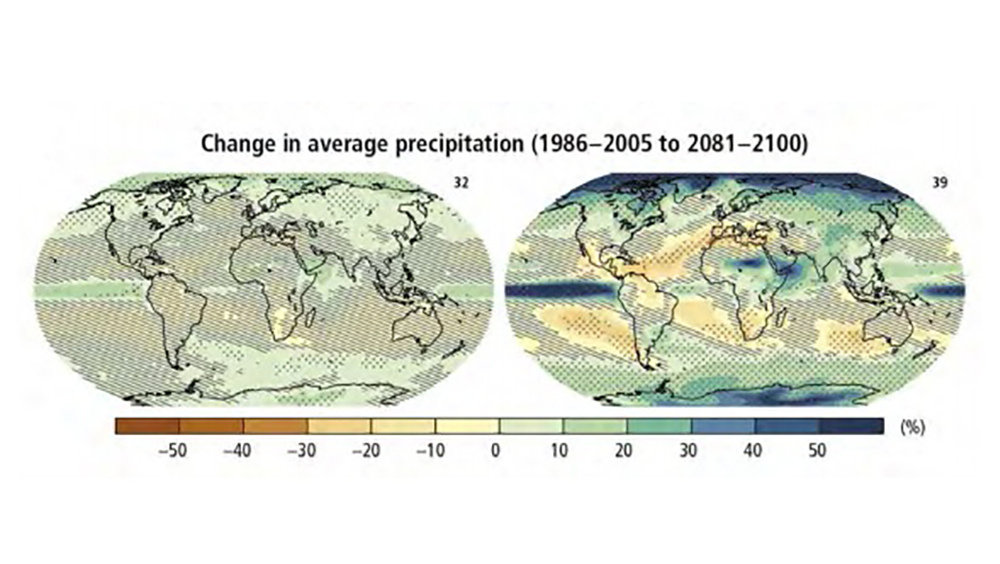
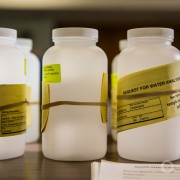


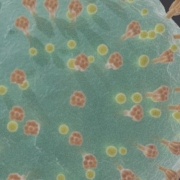
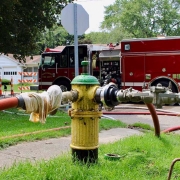
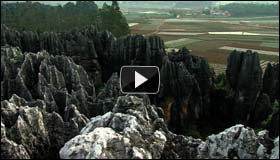


Comments are closed.